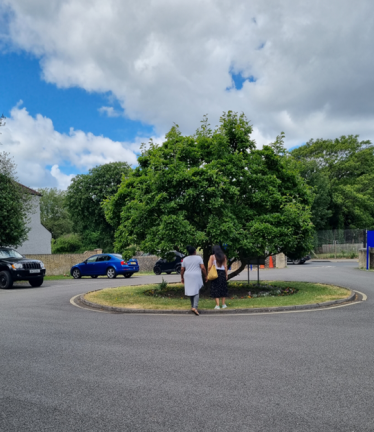Walk and Talk: A Holistic Approach to Therapy
In the fast-paced and often stressful world we live in, finding effective ways to manage our mental health and well-being is crucial. While traditional therapy has long been the cornerstone of mental health support, alternative approaches are gaining recognition for their ability to offer unique benefits and outcomes. One such approach that has gained popularity in recent years is walk and talk therapy.
Walk and talk therapy is an innovative method that combines physical exercise with traditional talk therapy. Instead of being confined to a therapist's office, clients and therapists take their sessions outdoors, walking side by side in natural surroundings. This alternative therapeutic approach offers a range of advantages that contribute to its growing appeal.
One of the primary benefits of walk and talk therapy is the physical activity it incorporates. Engaging in exercise while participating in therapy has been shown to release endorphins, the body's natural mood-boosting chemicals. This release of endorphins can significantly reduce stress, anxiety, and symptoms of depression. Walking stimulates the cardiovascular system, improving blood circulation and oxygen flow to the brain, which enhances cognitive function and mental clarity. The physical movement involved in walk and talk therapy not only provides the benefits of exercise but also acts as a natural stress reliever, helping individuals regulate their emotions and achieve a greater sense of well-being.
Beyond the physical benefits, the natural environment plays a crucial role in walk and talk therapy. Being surrounded by nature has been proven to have a positive impact on mental health. Nature's tranquilly and beauty create a calming and soothing atmosphere, promoting relaxation and a sense of serenity. This natural setting fosters a safe and open space for clients to express themselves, often leading to increased introspection and self-awareness. Additionally, nature has a way of grounding individuals, helping them reconnect with themselves and their surroundings. This grounding effect can assist in reducing feelings of overwhelm and restoring a sense of balance.
Moreover, the act of walking side by side with a therapist during sessions offers a unique dynamic. Unlike traditional therapy, where a therapist and client face each other in an office setting, walk and talk therapy promotes a more informal and egalitarian relationship. The absence of a formal seating arrangement can help clients feel less intimidated and more at ease, allowing them to open up and engage in honest and meaningful conversations. Walking side by side creates a sense of companionship and connection, fostering a therapeutic alliance based on mutual trust and support. The movement of walking often encourages a freer flow of thoughts and emotions, facilitating the exploration and processing of personal experiences.
Another advantage of walk and talk therapy is its versatility and adaptability. Unlike traditional therapy, which is limited to an office environment, walk and talk therapy can take place in various outdoor settings. Whether it's a park, beach, or forest trail, the options are endless. This flexibility allows individuals to choose a location that resonates with them and contributes to their overall well-being. Furthermore, the change of scenery and fresh air can provide a welcome break from the routine of daily life, offering a sense of novelty and rejuvenation.
In conclusion, walk and talk therapy represents an innovative and holistic approach to therapy. By combining physical exercise with traditional talk therapy in a natural outdoor setting, this method offers a range of benefits for mental health and well-being. The integration of physical activity, exposure to nature, and the unique therapeutic relationship formed during walking sessions create a dynamic and effective approach to addressing mental health concerns. As the understanding of the mind-body connection continues to evolve, walk and talk therapy emerges as a powerful tool for promoting holistic well-being.

